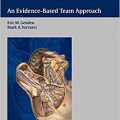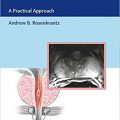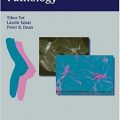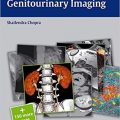Breast Cancer: Early Detection with Mammography: Crushed Stone-like Calcifications: The Most Frequent Malignant Type, 1e
by Laszlo Tabar, Tibor Tot, Peter B. Dean
Product Details:
- Hardcover: 320 pages
- Publisher: TPS; 1 edition (April 9, 2008)
- Language: English
- ISBN-10: 3131485310
- ISBN-13: 978-3131485311
- Amazon Price: $84.99
- Points to download: 90 Points
- Format: Original Publisher PDF
- File Size: 134.9 MB
- Download link below.
Download Link:
This post contains protected content. You must be logged in and have 90 points to unlock it.
Description:
Praise for this book: “This book should be required reading for the multidisciplinary team of physicians and health care professionals who use mammography for breast cancer detection and treatment…a landmark volume in the field of mammography.”–Radiology
Internationally renowned breast cancer imagers, Laszlo Tabar and Peter B. Dean, and the eminent breast pathologist, Tibor Tot, distill decades of clinical expertise in this new volume covering the most frequently occurring malignant type of calcifications: the pleomorphic, crushed stone-like calcifications.
The book presents a systematic approach to using mammographic features to distinguish different subtypes of breast diseases originating within the terminal ductal lobular unit (TDLU). More than 800 images demonstrate abnormal findings with superb clarity, providing a state-of-the-art visual reference for interpreting mammograms in the clinical setting.
Features:
Concise descriptions of mammographic and MRI findings correlated with high-quality histopathologic images to provide a reliable guide for accurate diagnosis and differential diagnosis, as well as prognostic classification
Extensive coverage of all aspects of the benign differential diagnostic counterparts of pleomorphic calcifications, including fibrocystic change, fibroadenoma, and papilloma
Straightforward discussion of terminology based on a thorough analysis of subgross anatomy, 3D histologic features, and long-term disease outcomes
3D viewing glasses enclosed in the book for perceiving specially marked images in their true three-dimensional form
This book is ideal for all breast imagers and breast pathologists, as well as for surgeons and oncologists specializing in breast diseases. For the radiologist, this book is an indispensable reference for harnessing the power of mammography to detect breast cancer at the earliest stages possible.






























